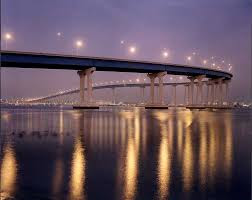In the past few weeks, we have explored the first three skills articulated by Chris Argyris and his colleagues (to read the previous blogs, click on the dialogue skill link, below):
- Combine advocacy with inquiry
- Illustrate abstract interpretation with concrete information
- Share your thought process and check for agreement
 |
| Connections can be built anywhere |
The fourth skill, look for contradicting data and alternative explanations, draws us into a series of paradoxes: to dialogue means to listen; to advocate an idea invites us to become open to other ways of thinking; and to persuade others suggests being drawn into a process that may influence us. Slowing down and practicing dialogue are ways to actively engage our values and beliefs. Through listening, openness, and being drawn in, our values and beliefs may be strengthened as we explore the foundations of why we believe as we do.
The process of dialogue encourages us to notice and question the assumptions and meanings we have ascribed to a situation:
- Could there be another explanation for what was heard or observed?
- Is there a different meaning or conclusion?
- Might "group think" or "common understanding" influence shared perceptions?
 |
| Beautiful contradictions! (EuropeUpClose.com) |
So too is the diversity of our individual beliefs as these are shared and integrated, keeping its uniqueness as it becomes creatively interdependent with the Whole!
 |
| Venice: 118 Islands of creative entanglement! |
 |
| Finding other ways to connect |
Building bridges helps us focus on connectivity. Moving out on the water invites trust in one another. When I stepped onto a vaporetto for the first time, I assumed the pilot was skilled, knew the direction, and could get us to our destination. Dialogue invites us to trust one another: at times, you may be the pilot; at other times I may need to lead.
Questions to consider:
- Where am I headed this week?
- How will I get there: by myself? with another?
- Who has the responsibility to pilot the dialogue and connect us?
 |
| Larry Gardepie |















